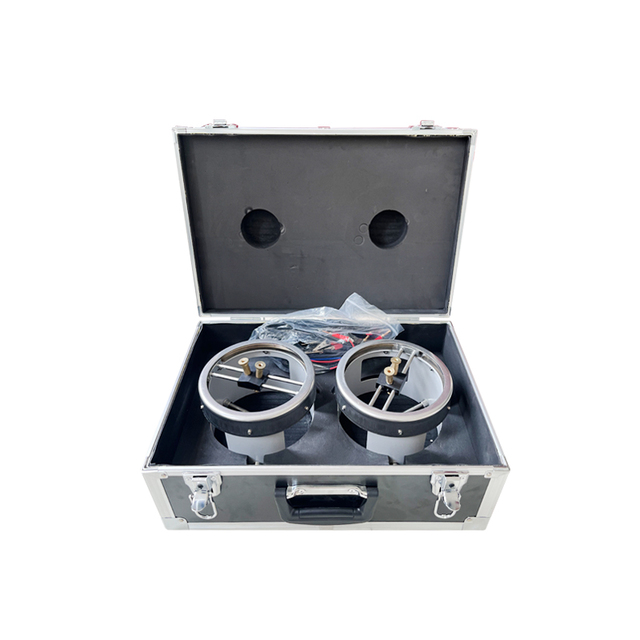Using a Laboratory Balance to Measure Density Accurately in Various Substances
Understanding the Use of Laboratory Balances in Density Measurement
In the field of scientific research and quality control, accurate measurement is essential. One of the key parameters that scientists and engineers often seek to quantify is density, a fundamental property of materials. Laboratory balances play a crucial role in this process, providing precise measurements necessary for determining the density of various substances. This article explores the relationship between laboratory balances and density measurement, highlighting their importance and methods used in practice.
Density, defined as mass per unit volume, is a critical property that can influence the behavior and performance of materials in various applications. For instance, in materials science, understanding the density of a substance can affect its structural integrity, while in pharmaceuticals, density can impact the dissolution rate of drugs. To accurately determine density, one must know both the mass and the volume of the sample being tested. This is where laboratory balances come into play.
A laboratory balance is an instrument designed to measure mass with high precision. It can range from simple mechanical balances to sophisticated electronic balances that can measure mass to the microgram level. The accuracy of these instruments is paramount, as any discrepancies in mass calculation can lead to significant errors in density determination.
To calculate density using a laboratory balance, one typically follows a two-step process measuring mass and measuring volume. The mass of the sample is obtained directly from the balance. For example, if a scientist places a sample on a balance and it reads 50 grams, this value is the mass required for the density calculation.
laboratory balance in density

Volume measurement, on the other hand, can be a bit more complex. There are various methods to determine the volume of a solid or liquid, and the choice of method can depend on the sample's properties. For liquids, a graduated cylinder can be used effectively; the volume is read directly from the markings. For solids, especially irregularly shaped objects, water displacement is often employed. By measuring the volume of water displaced by the solid when submerged, one can accurately find the volume of the solid itself.
Once both mass and volume are obtained, density can easily be calculated using the formula Density = Mass/Volume. Continuing with the earlier example, if the volume of the 50-gram sample is determined to be 20 cm³, the density would be calculated as 2.5 g/cm³.
It is important to note that temperature and pressure can affect density measurements. Therefore, laboratory protocols typically require that samples be measured under controlled conditions to ensure consistency and accuracy. Modern laboratories may also employ digital balances with built-in features to adjust for changes in environmental conditions automatically.
In conclusion, laboratory balances are indispensable tools in accurately measuring the density of materials. By providing precise mass measurements and working in conjunction with various volume measurement techniques, they allow researchers and quality control professionals to make informed decisions based on the physical properties of substances. The correct use of these balances, along with controlled environmental factors, ultimately leads to reliable data that is vital for advancing scientific knowledge and improving material design in various industries.
-
The Role of Tensile Force Testers in Quality Control and Material Science
NewsAug.01,2025
-
Maintenance and Safety Tips for Aging Ovens
NewsAug.01,2025
-
Density Balance in Forensic Science
NewsAug.01,2025
-
Advanced Optical Measurement Technologies
NewsAug.01,2025
-
A Buyer’s Guide to Tensile Test Machines
NewsAug.01,2025
-
Why the Conductor Resistance Constant Temperature Measurement Machine Redefines Precision
NewsJun.20,2025
 Copyright © 2025 Hebei Fangyuan Instrument & Equipment Co.,Ltd. All Rights Reserved. Sitemap | Privacy Policy
Copyright © 2025 Hebei Fangyuan Instrument & Equipment Co.,Ltd. All Rights Reserved. Sitemap | Privacy Policy

